

Dynamics 365 Project Operations overview
Dynamics 365 Project Operations features
Increased productivity with AI
Improved accuracy
Optimized resource utilization
Enhanced collaboration
Simplified time and expense processes
Enhanced project visibility

Simple, straightforward pricing
Dynamics 365 Project Operations

See how Dynamics 365 can help your business

Get a business assessment to find your ideal Dynamics 365 solution.

Begin rolling out Dynamics 365 within your organization.

Get a briefing on the benefits of Dynamics 365 to your specific industry.

How customers are using Project Operations

Explore e-books, webinars, and other resources

Request a call
Get started
[1] Gartner® Magic Quadrant™ for Cloud ERP for Product-Centric Enterprises, Greg Leiter, Robert Anderson, Dixie John, Tomas Kienast, David Penny, 3 October 2023.
GARTNER is a registered trademark and service mark of Gartner, Inc. and/or its affiliates in the U.S. and internationally, and is used herein with permission. All rights reserved.
Gartner does not endorse any vendor, product or service depicted in its research publications, and does not advise technology users to select only those vendors with the highest ratings or other designation. Gartner research publications consist of the opinions of Gartner's research organization and should not be construed as statements of fact. Gartner disclaims all warranties, expressed or implied, with respect to this research, including any warranties of merchantability or fitness for a particular purpose.

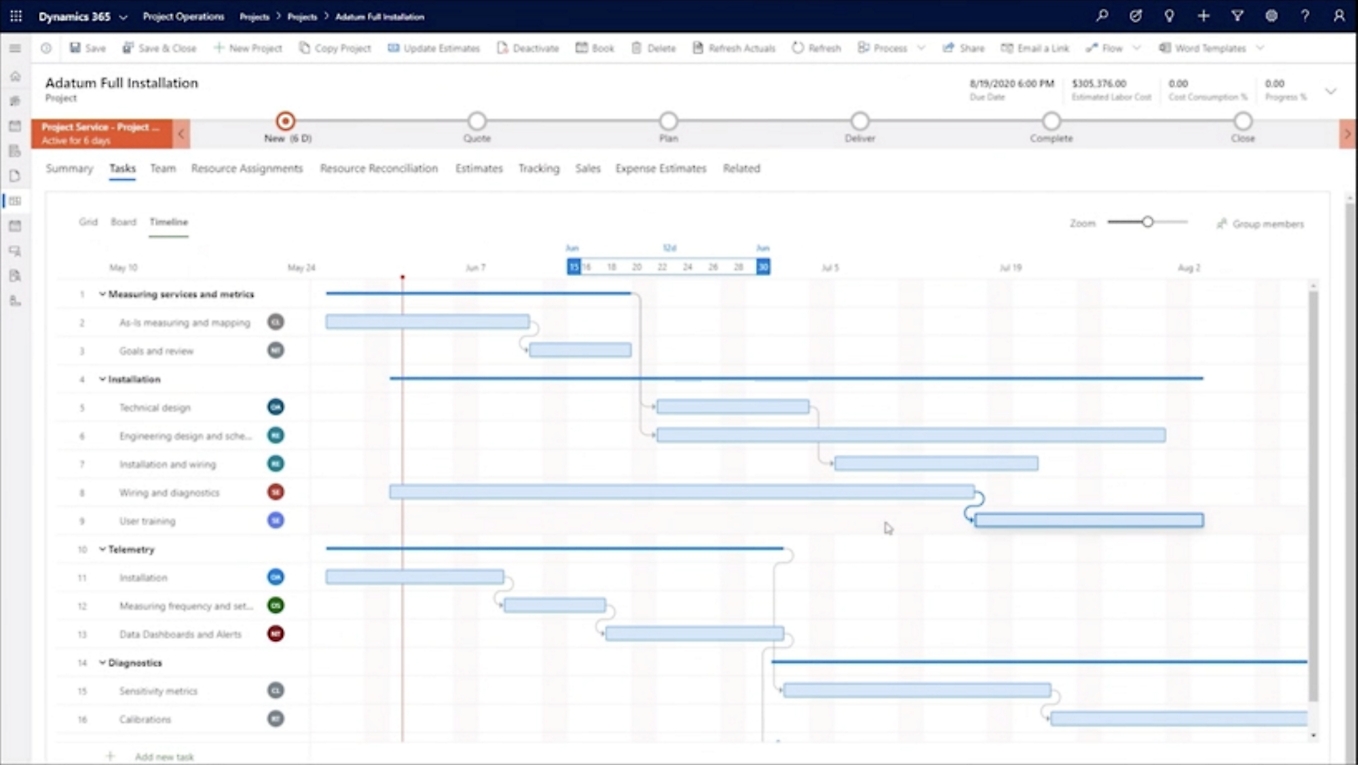
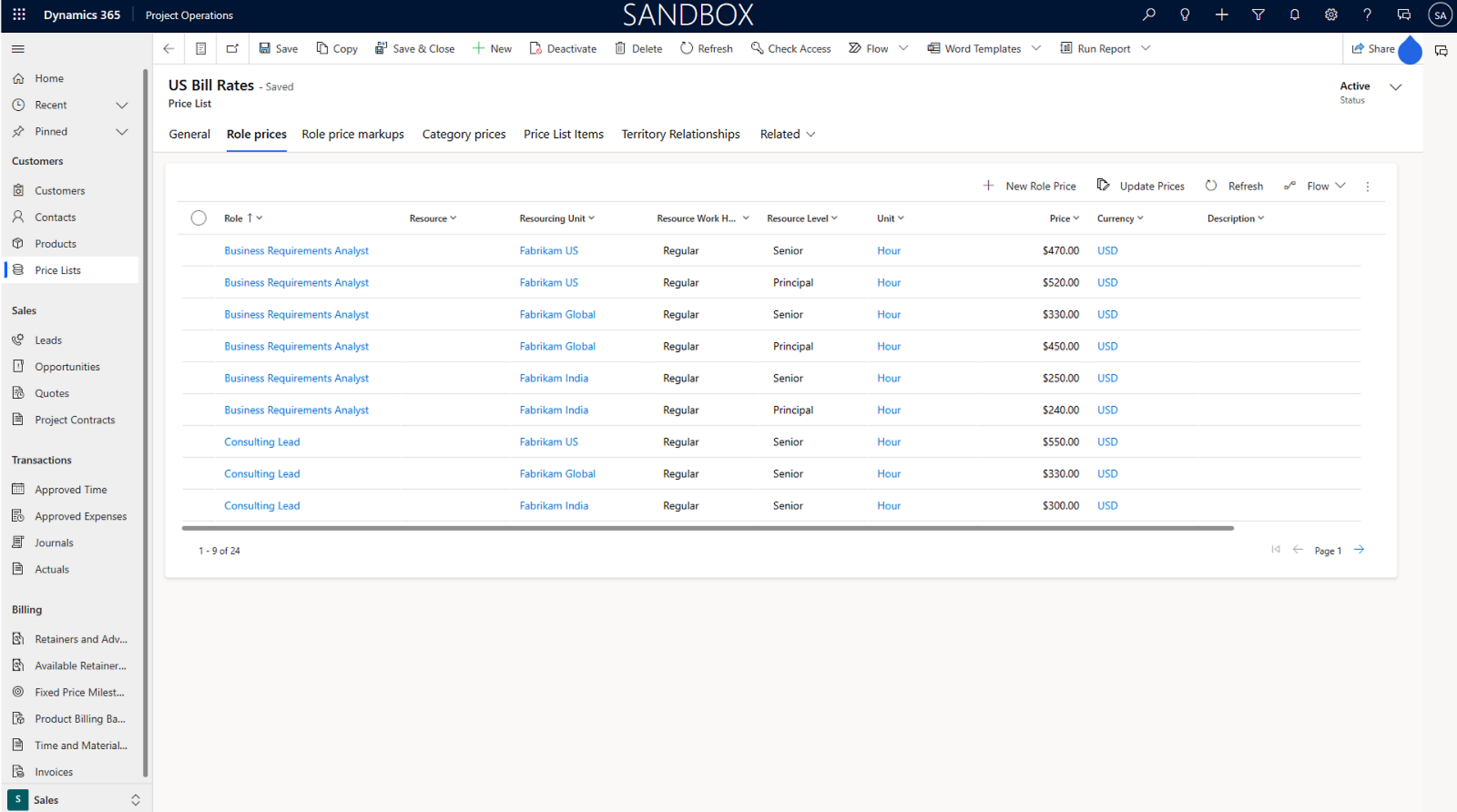


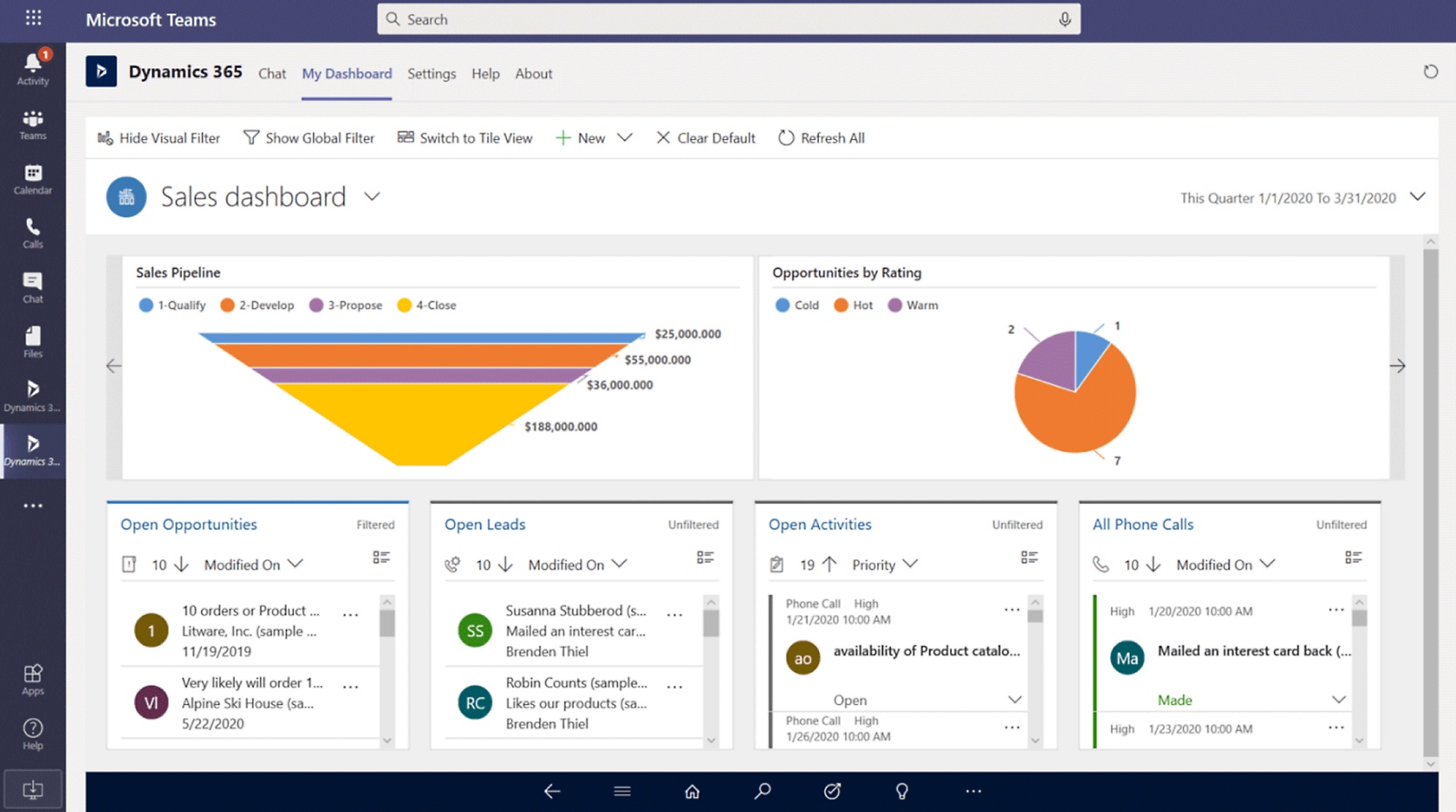
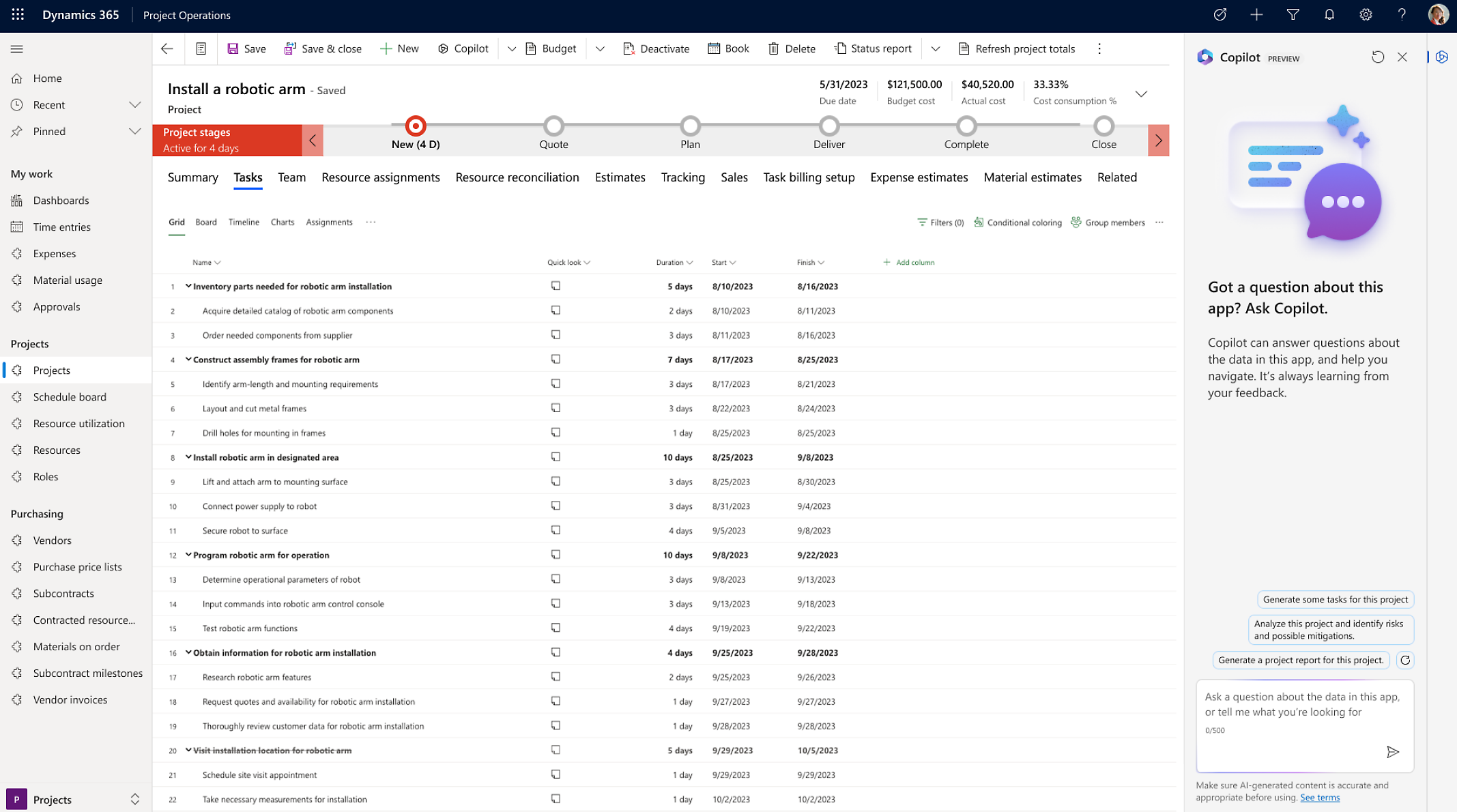
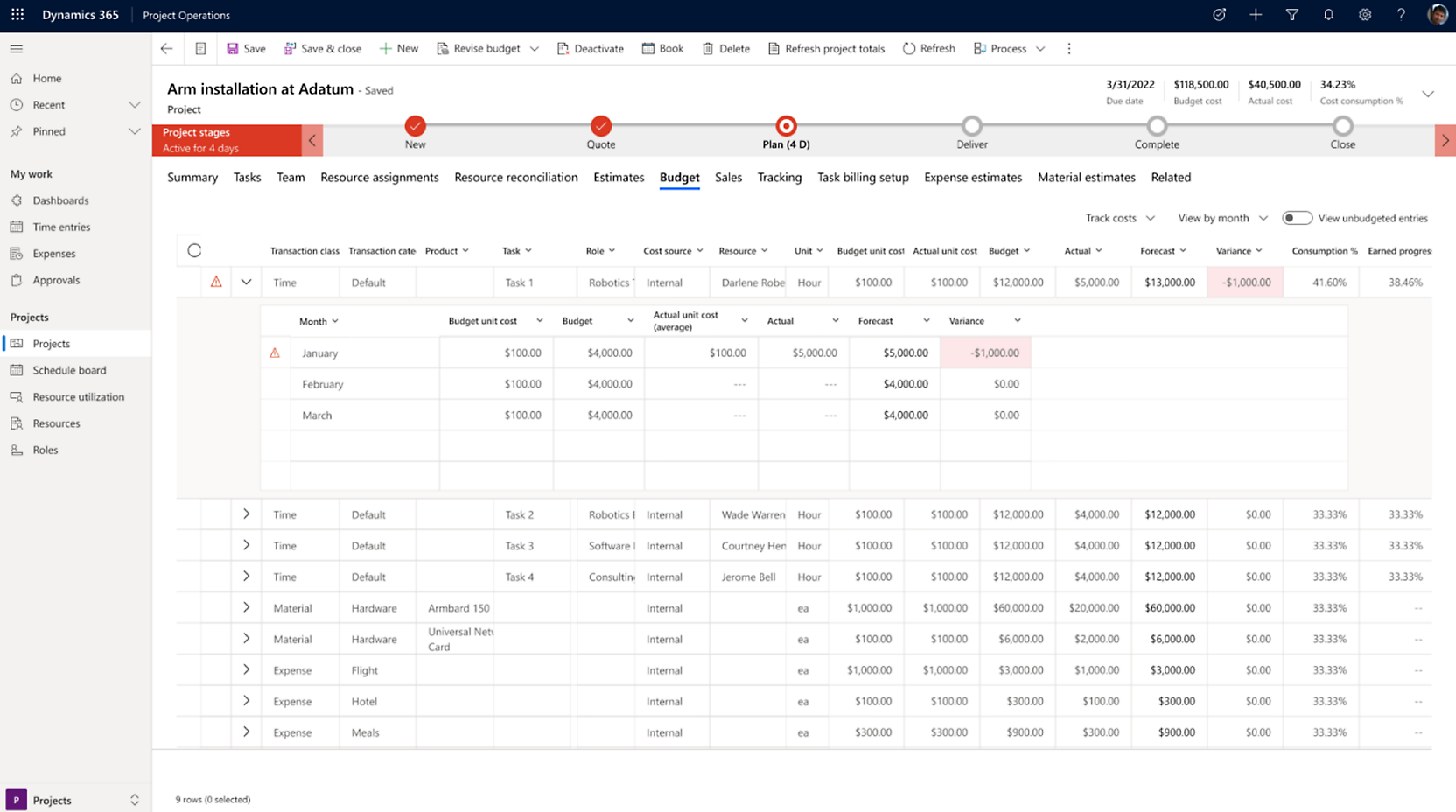
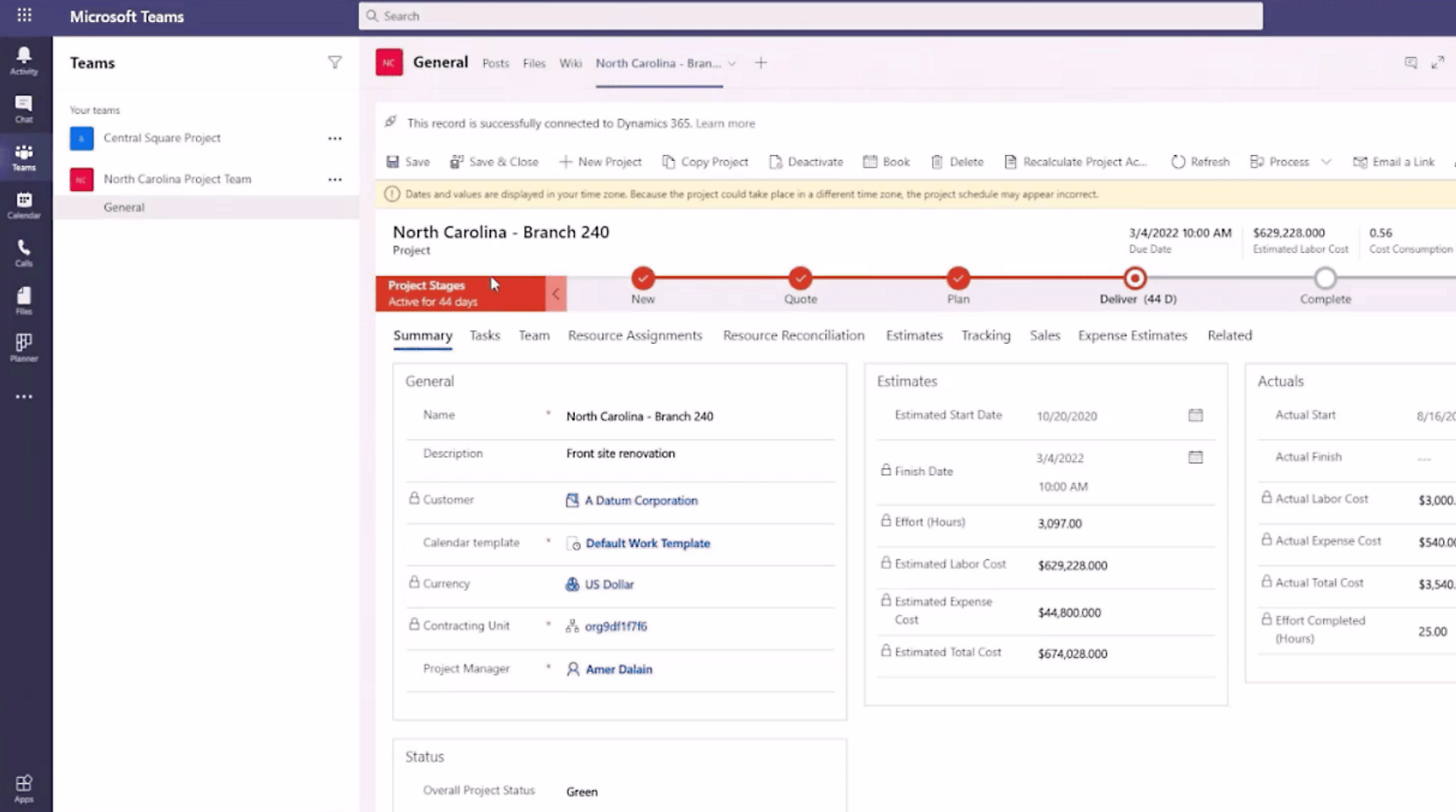
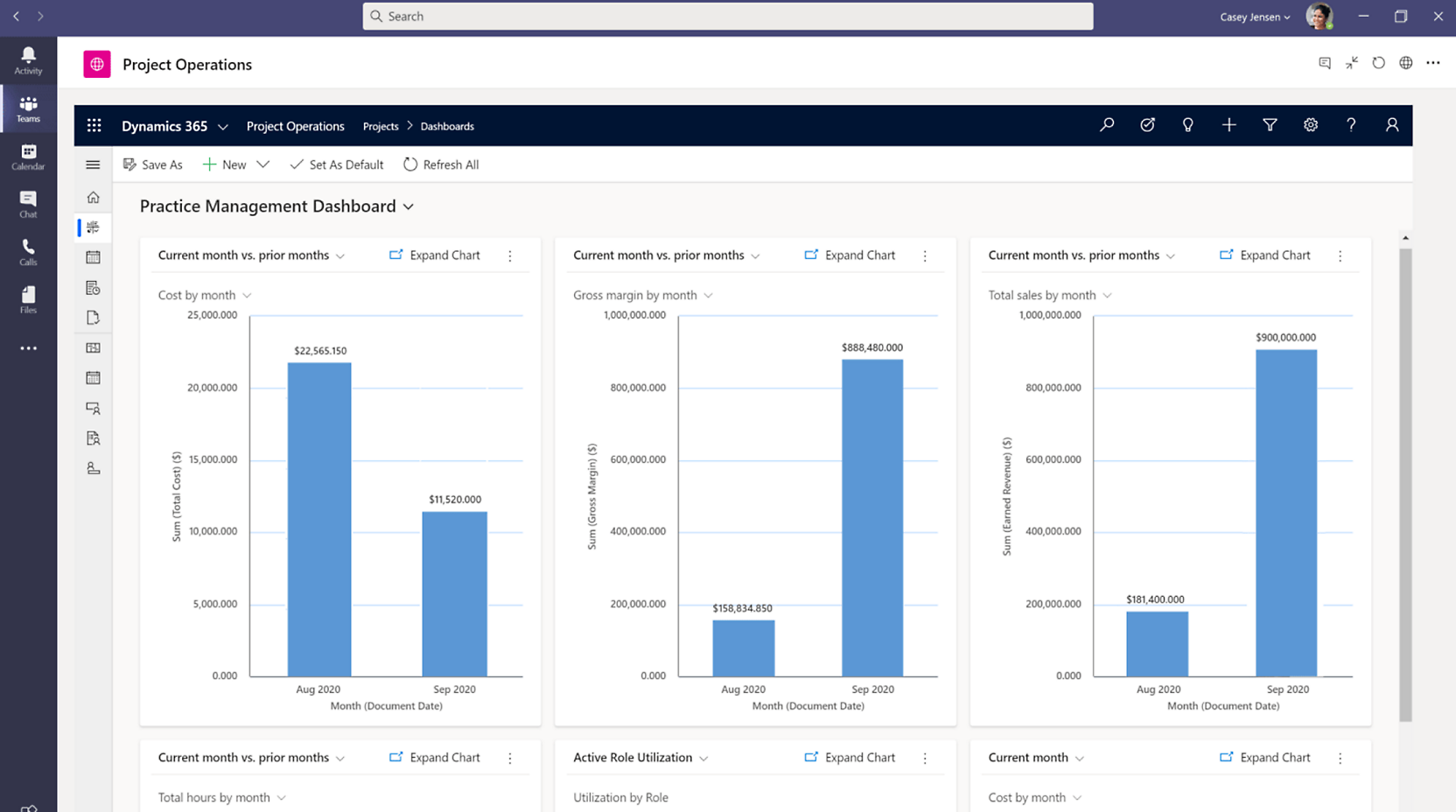
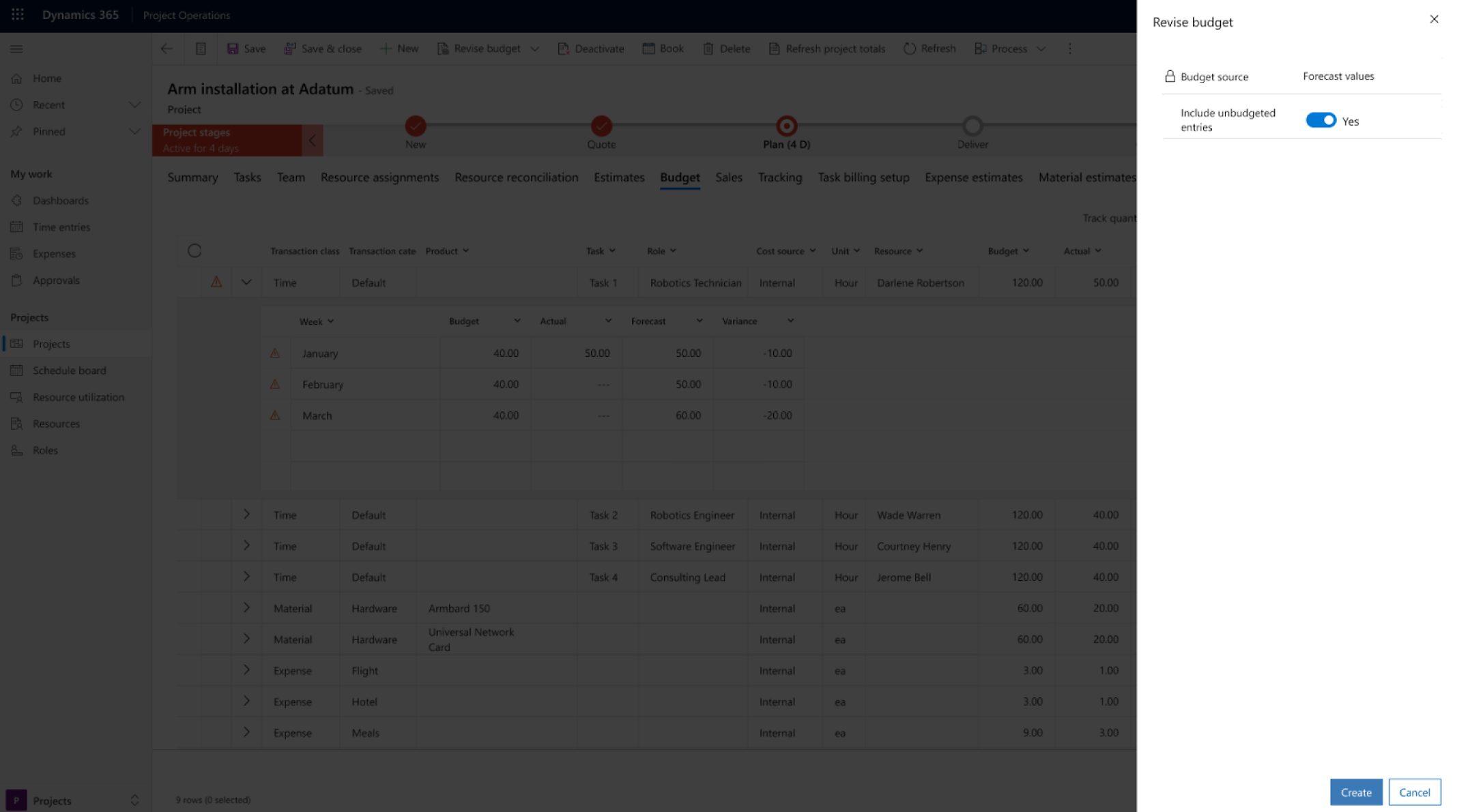

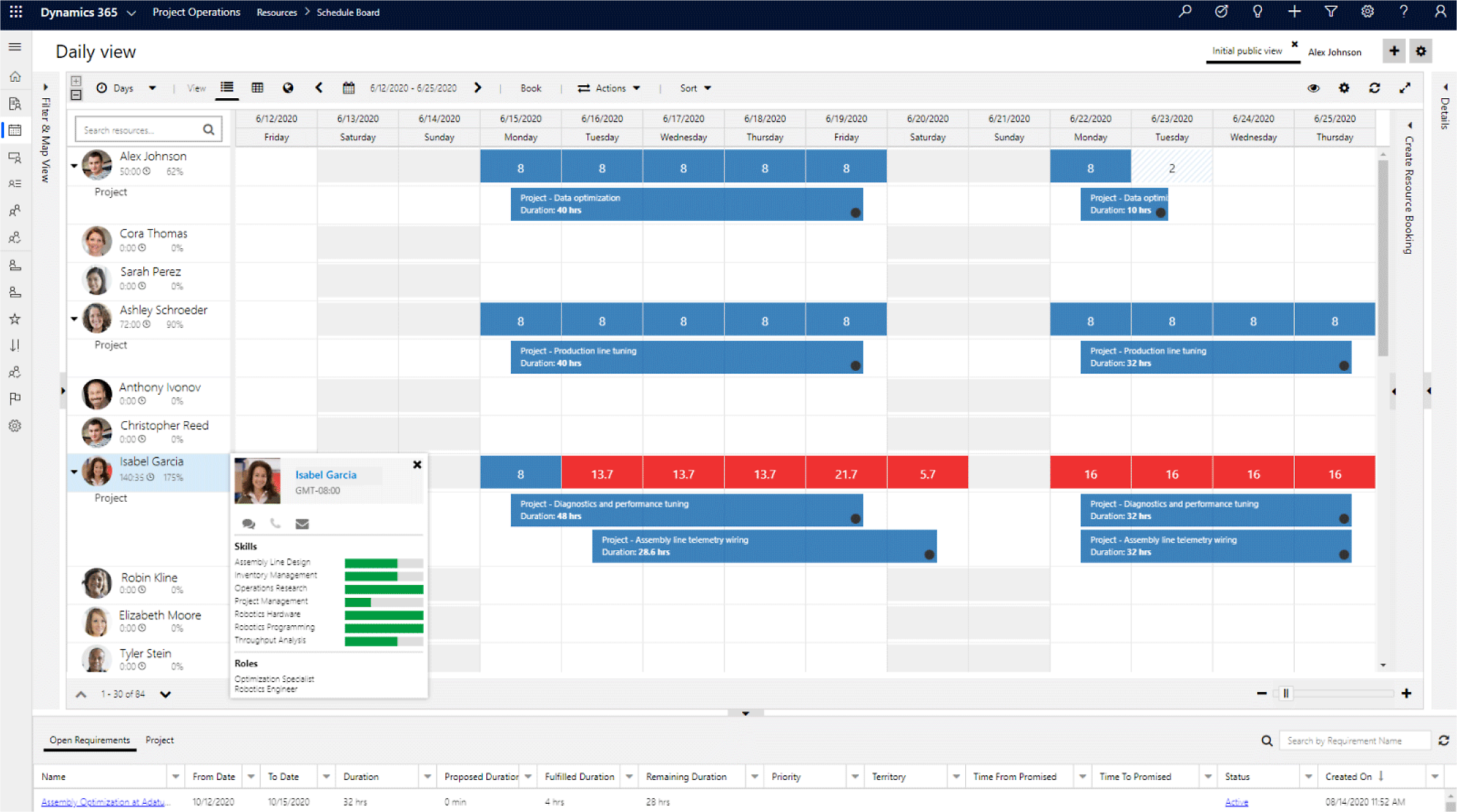


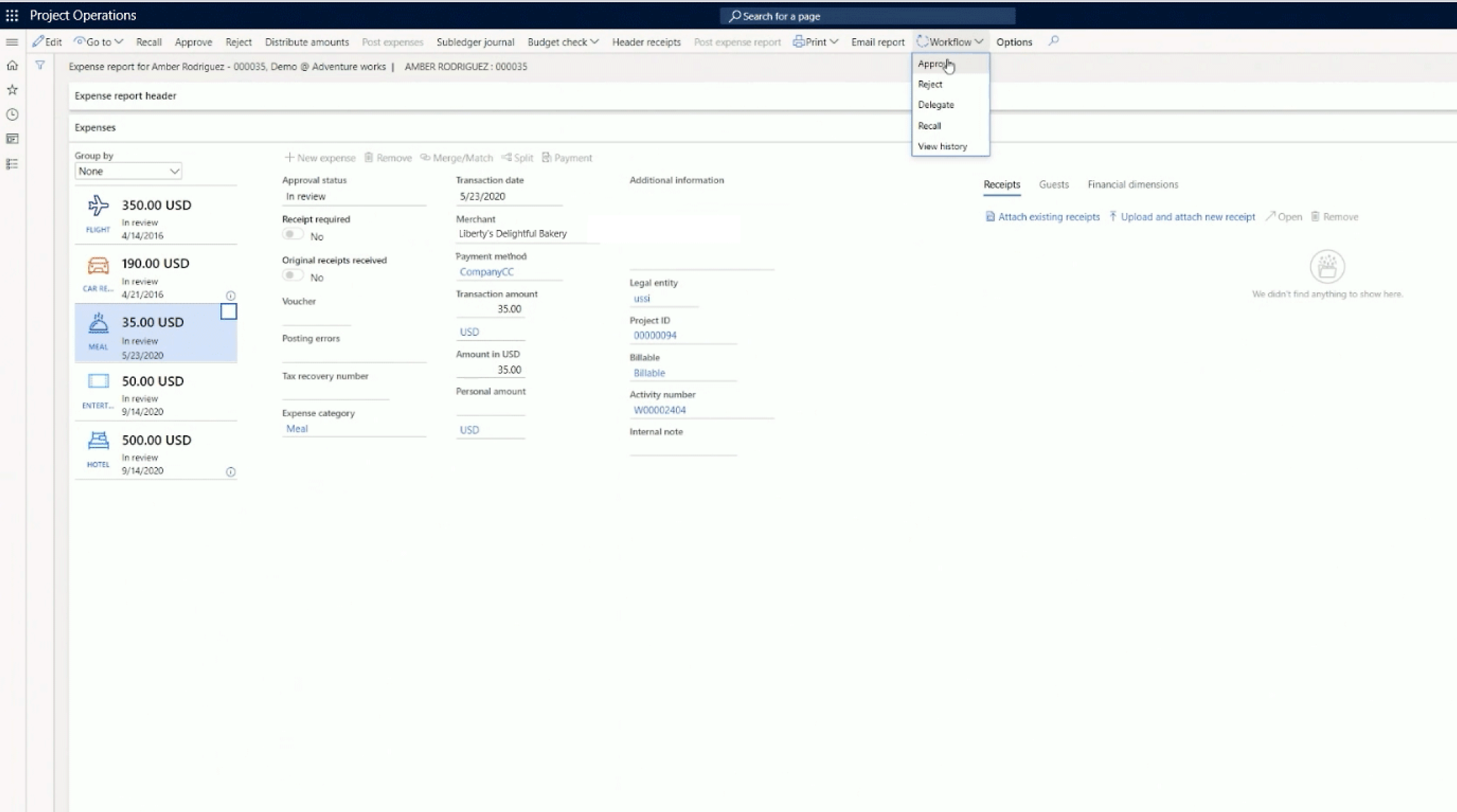

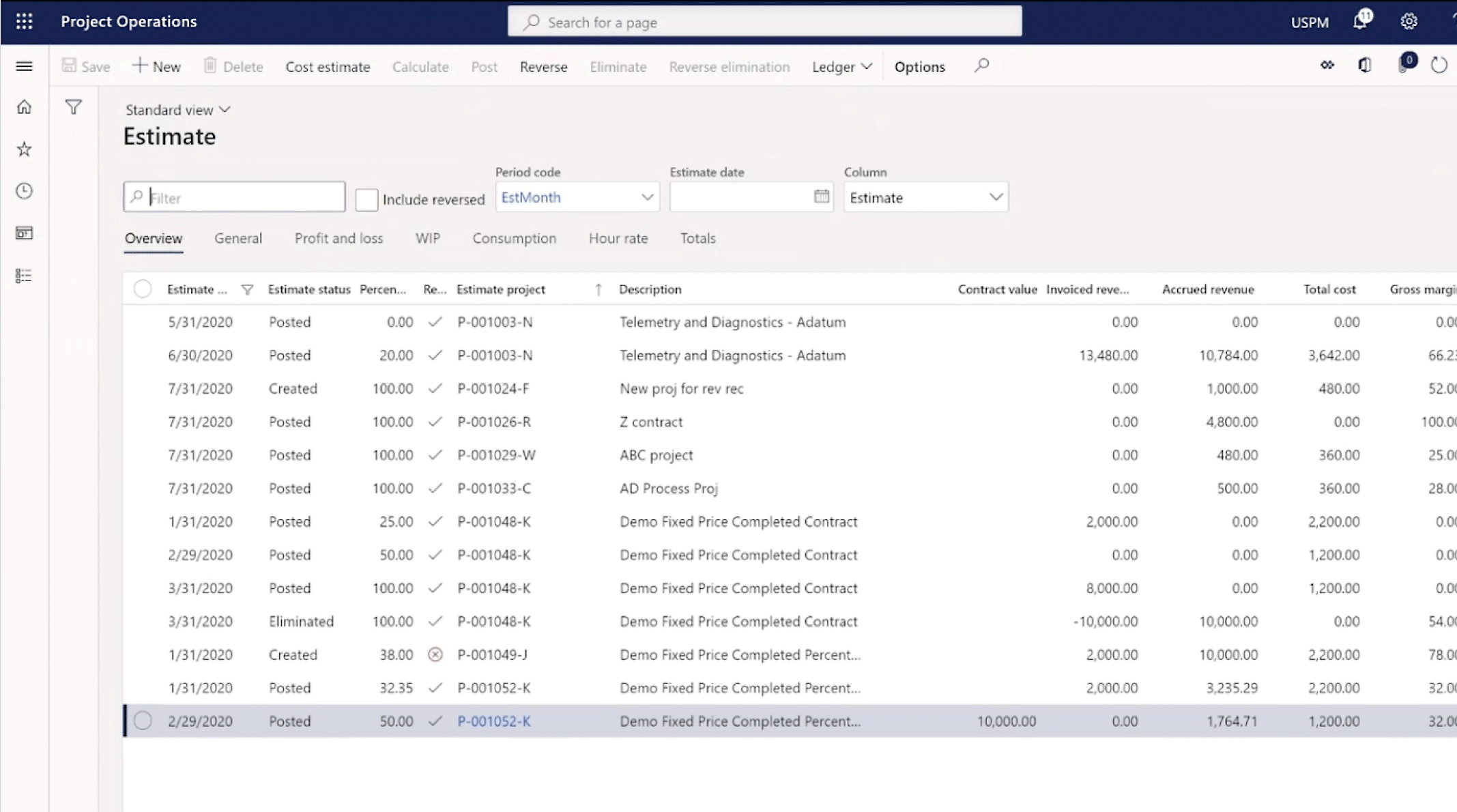
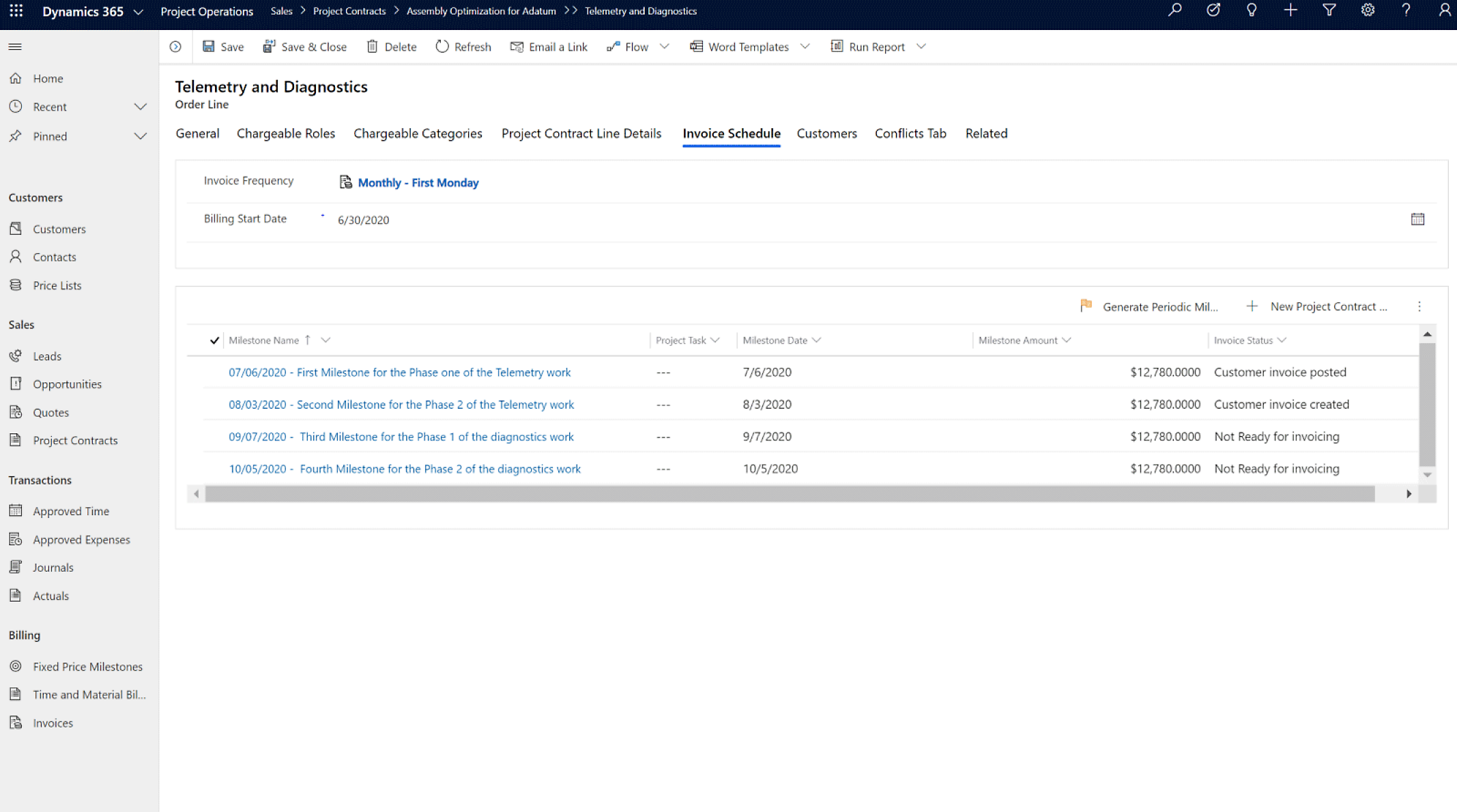
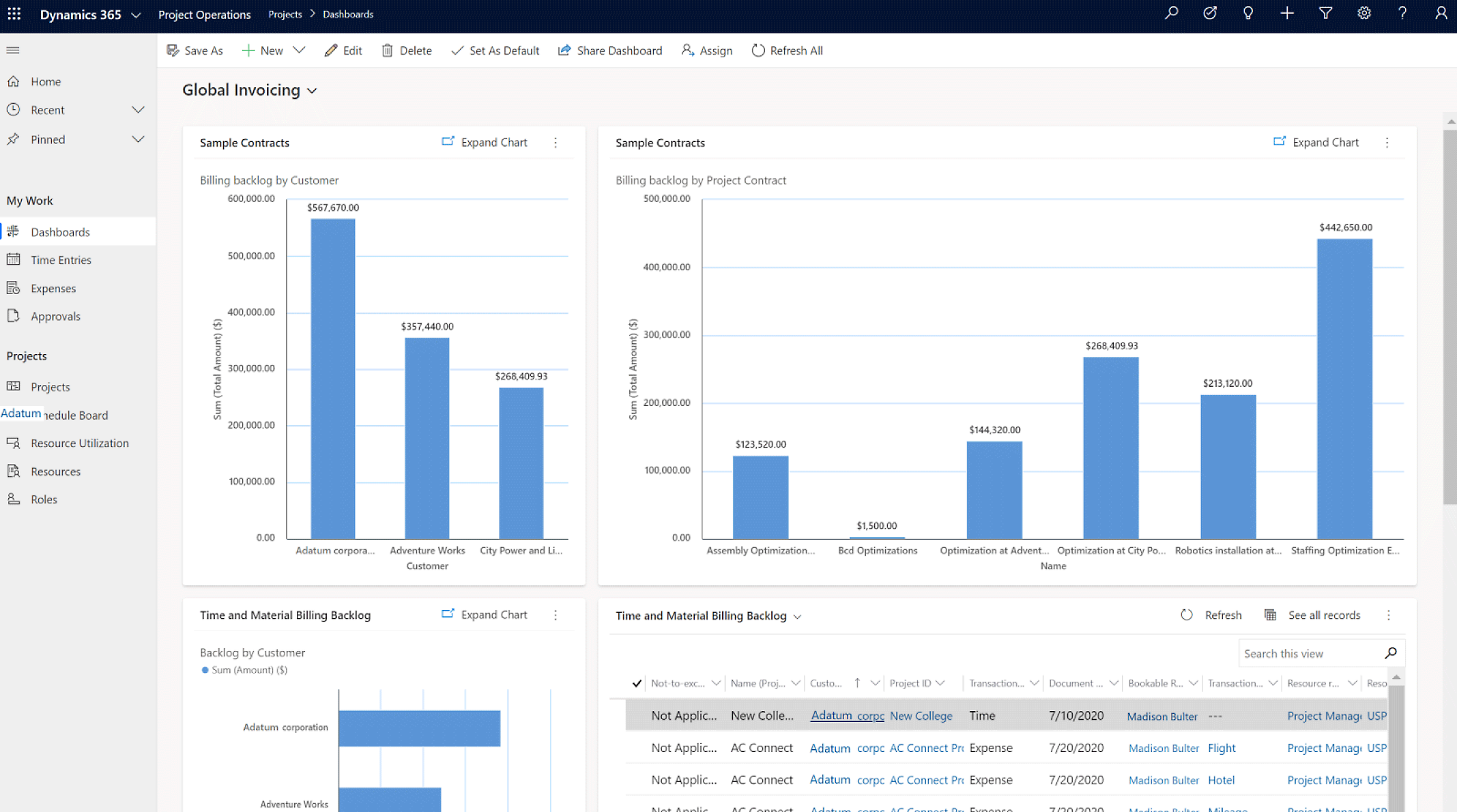
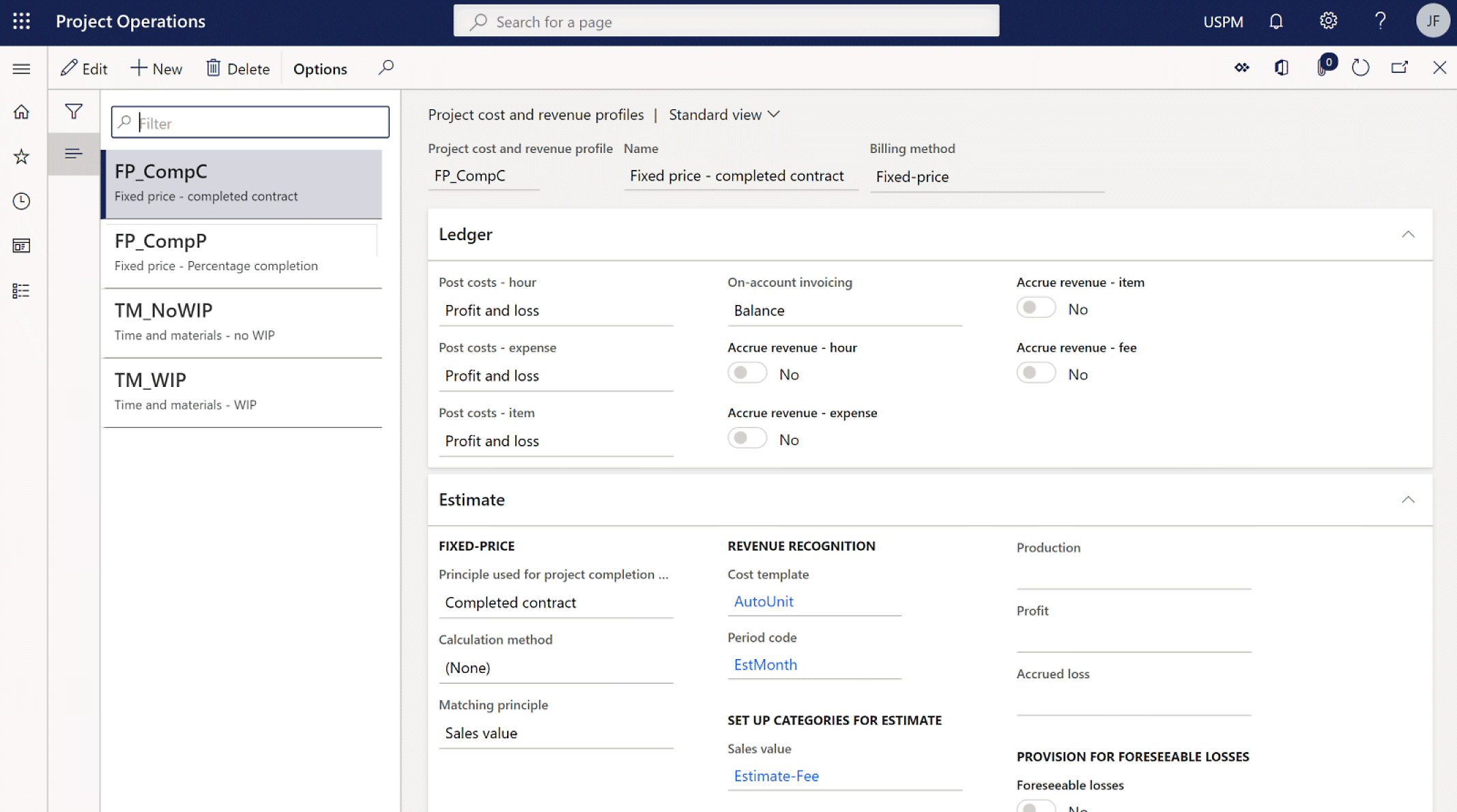


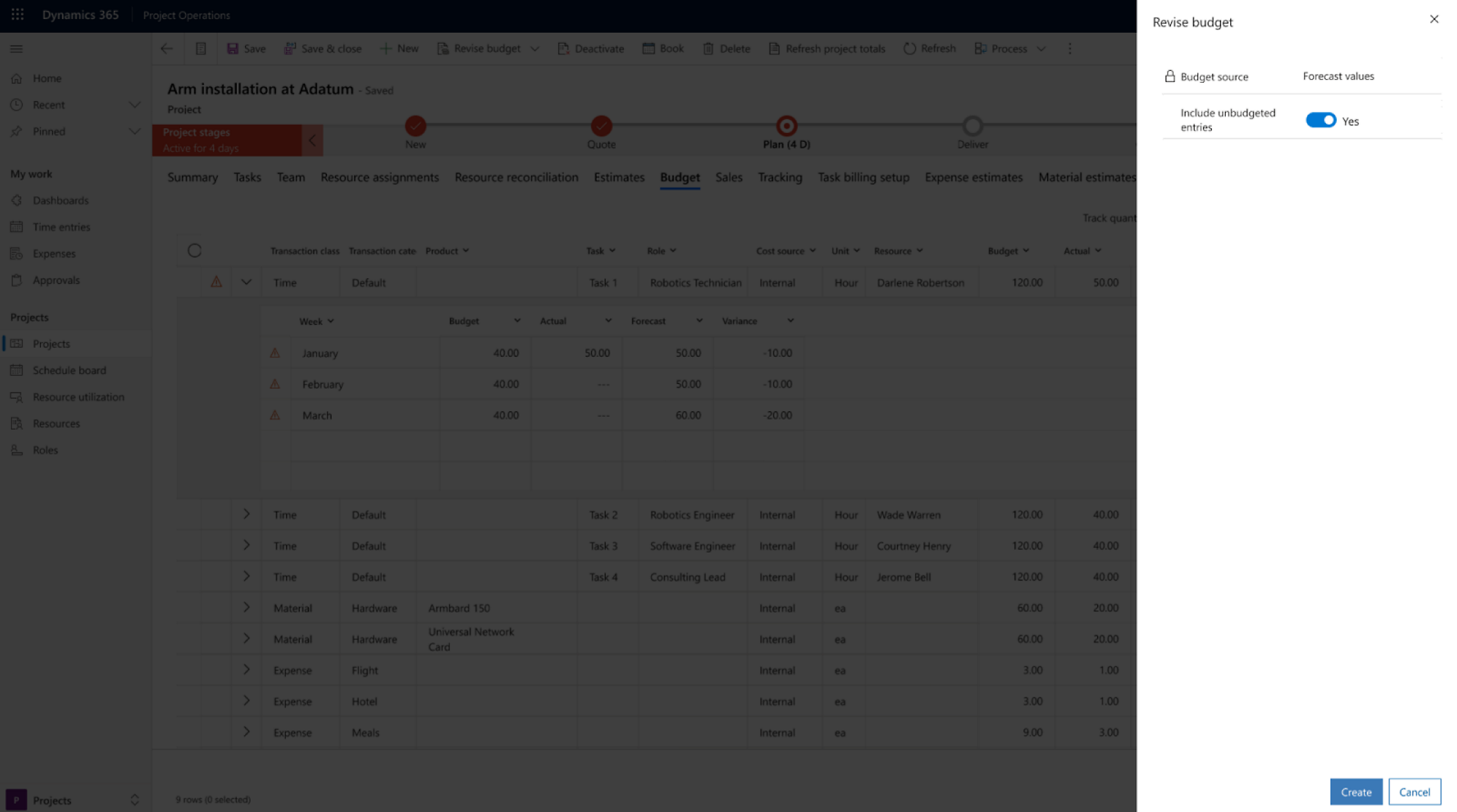



























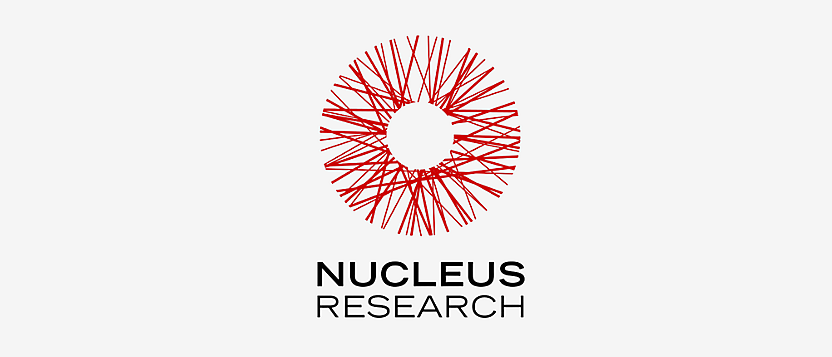












Follow Dynamics 365